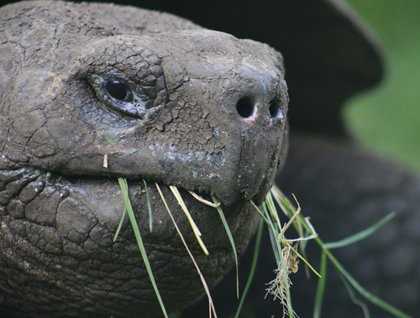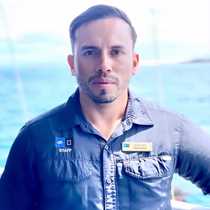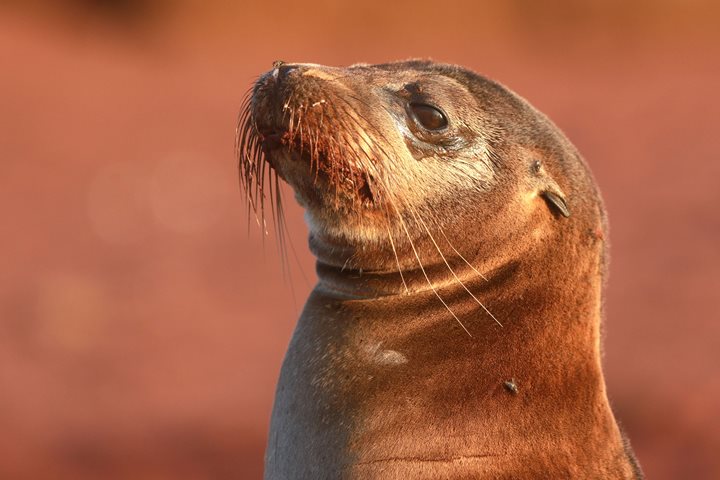We arrived at Academy bay at Santa Cruz Island and soon headed to the Charles Darwin foundation and the breeding center of the Galapagos National Park. We visited the area where several corrals with giant tortoises of different species were found, some being bred in captivity and others were rescued by the National Park Service. These tortoises are a great example of natural selection and adaptive radiation within island ecosystems. Some lived on dry islands and developed a saddle-shaped shell, others lived on green islands and gained size and a dome shape shell, others stayed in between (intermedia). Galapagos land iguanas were also found in captivity. These were once bred, but the program became so successful that we no longer needed to help their numbers increase. . We also saw some of the popular characters found in the breeding center, such as “Super Diego (repatriated to the islands from the San Diego zoo around the 1970’s), who helped restore the dynasty of Espanola Giant Tortoises.
We soon were done with the breeding center and headed to the highlands of Santa Cruz Island. Some of us chose to ride bikes along 2 and a half mile path along farmland and the greenery of the highlands. We arrived at a sugar cane press owned by a local family. Here we learned about the processing of sugar cane products, like cane molasses, sugar cane rum and brown sugar. We also learned about the processing of Galapagos coffee.
After lunch, we went to see giant tortoises in the wild. We saw many roaming around the grasslands of a private property that was next to the National Park territory. We also explored a lava tube and hiked into the underground geological feature.
Our day was complete after visiting these giants in their natural habitat. At night we had local dancers and musicians come onboard, giving us a taste of the local folklore.







